A-Z of Bob Dylan
From Al Grossman to Zimmerman, here's our tribute to an icon...
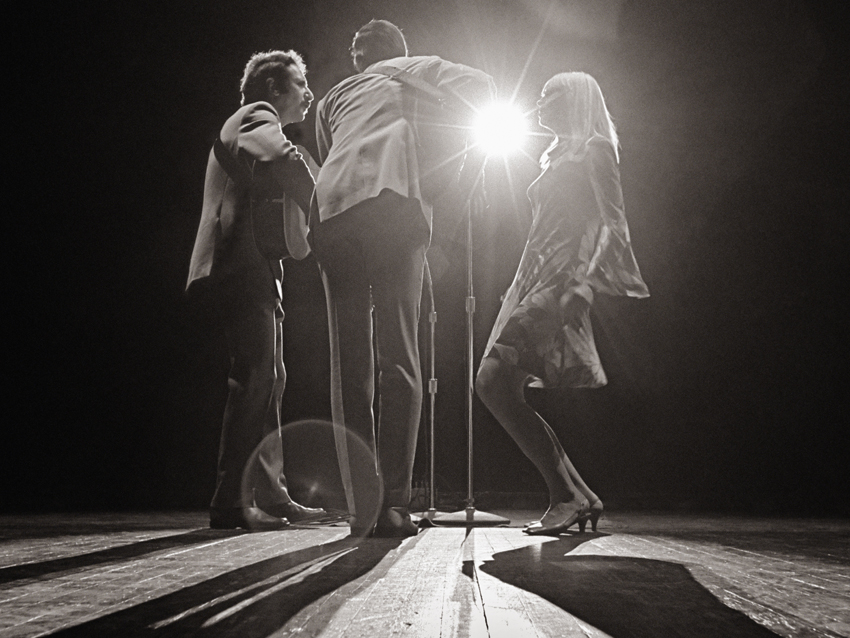
Al(bert) Grossman
The songwriter, singer, poet and painter has been the greatest voice in the cultural, political and popular music scenes for over half a century, towering over all others. A man of often deliberate mystery, he has reinvented himself countless times and is happy to let many questions about himself remain unanswered.
Click onwards to read MusicRadar's A-Z tribute to an icon.
A is for Al(bert) Grossman
An impressario from Chicago who signed Bob Dylan just after he had secured his recording contract with Columbia Records, CBS in those days. Grossman had been around the folk scene by co-founding the Newport Folk Festival and had already taken on Peter, Paul & Mary. His may have been the background whooping voice on Rainy Day Women, which made Dylan laugh - they kept it on the record!
Grossman was loved and loathed in equal measure and was known equally for his confrontational personality and for fierce loyalty to Dylan - who described him in the Scorsese film No Direction Home as "a kind of Colonel Tom Parker figure... you could smell him coming."
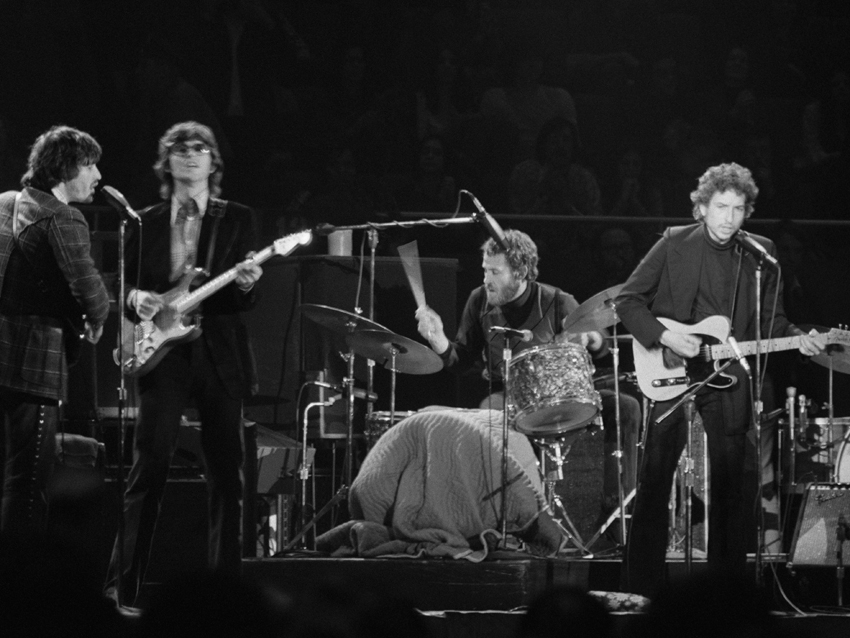
Blowin' in the Wind
B is for Blowin’ In The Wind
Dylan's first great classic and a political signature tune that endures. What solutions are there for mankind’s and the world’s problems? He demands. Ironically, at first, it was the Peter, Paul & Mary version that was more popular.
B is also for The Band
A rock group around in the late '60s and early '70s, comprising four Canadians - Robbie Robertson (guitar, piano, vocals); Richard Manuel (piano, harmonica, drums, saxophone, organ, vocals); Garth Hudson (organ, piano, clavinet, accordion, synthesizer, saxophone); and Rick Danko (bass guitar, violin, trombone, vocals), and one American, Levon Helm (drums, mandolin, guitar, bass guitar, vocals).
Later in 1965, Dylan recruited Helm and Robertson for two concerts, then the whole group for his US tour in 1965 and world tour in 1966. They also joined him on the informal recordings that later became The Basement Tapes.
Commonly referred to as just "the band", Helm said the name "The Band" worked well when the group took on its own identity. They recorded two of the most acclaimed albums of the era: their 1968 debut Music From Big Pink (featuring the single The Weight) and 1969's The Band. They’ve also covered Dylan’s Don’t Ya Tell Henry, Forever Young and I Shall Be Released.
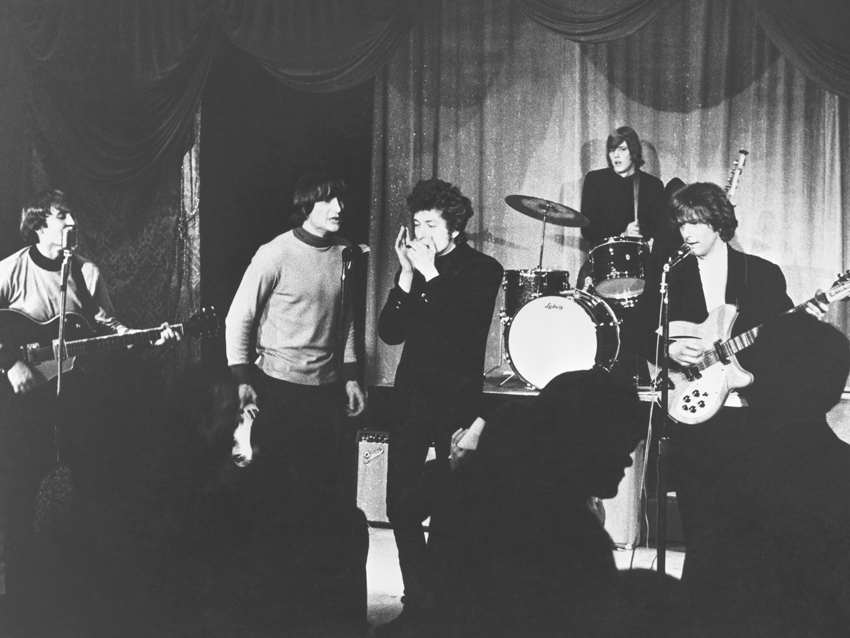
Cover versions
C is for cover versions of his songs
This is a subject for an A-Z in its own right! The Byrds at one point made a career of reinterpreting Dylan songs (Mr Tambourine Man, All I Really Want To Do, Chimes Of Freedom, My Back Pages) and so gave birth to folk-rock. But artists from every corner of the spectrum seem to have raided the enormous Dylan catalogue.
They include: Adele (the X-Factor perennial Make You Feel My Love); Eric Clapton and Guns N' Roses (Knockin' On Heaven's Door); Jimi Hendrix (All Along The Watchtower); and William Shatner (Mr Tambourine Man), to name but a few.
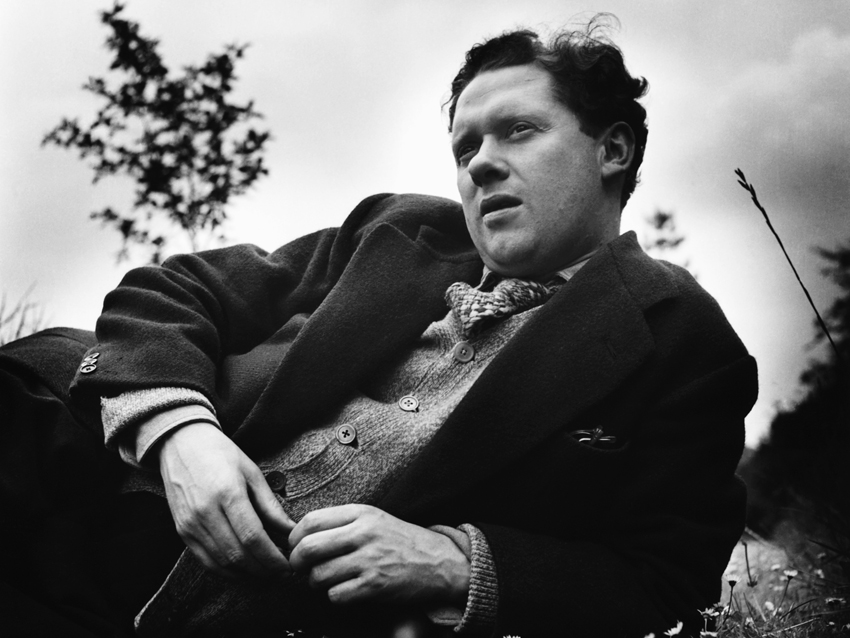
Dylan Thomas
D is for Dylan Thomas
The Welsh poet who also wrote short stories and scripts for film and radio, which he often performed himself. His public readings, particularly in America, won him great acclaim for his voice, superb craftsmanship and compressed lyrics. It is assumed Bob Dylan legally changed his name in August 1962 to Dylan out of respect for the poet, but on other occasions he attributed his choice to Marshall Matt Dillon in Gunsmoke.
In Chronicles, he explained "you name yourself what you want". It was really just one of many reinventions of himself and his life that are the hallmarks of the man and his music.

Electric controversy
E is for Electric controversy
Perhaps the greatest controversy of his career occurred at Newport Folk Festival on Sunday 25 July 1965. During his headlining performance Dylan played with an electric blues band in concert for the first time. This apparent rejection of his roots made him unpopular with much of the folk community, alienating some fans - the later Judas jibe at Manchester Free Trade Hall became notorious.
He had recently released the album Bringing It All Back Home, which was broadly half electric and half acoustic in approach. The band that accompanied Dylan’s vocals and electric guitar that night, included Mike Bloomfield on guitar, Sam Lay on drums, Jerome Arnold on bass, Al Kooper on organ and Barry Goldberg on piano - most members of the Paul Butterfield Blues Band.
Footage of the performance reveals loud booing plus sporadic cheering just a few bars into Maggie's Farm, which continues throughout the second, Like A Rolling Stone and Phantom Engineer, which evolves into It Takes A Lot to Laugh, It Takes A Train to Cry.
It was to be thirty seven years before Dylan returned to the Newport Festival.
The most common explanation is that the boos were from outraged folk fans, who disliked Dylan using an electric guitar. An alternative account claims that audience members were upset by poor sound quality and the short set. The debate goes on with those who were there disagreeing. Either way, it transformed both folk music and rock 'n' roll.
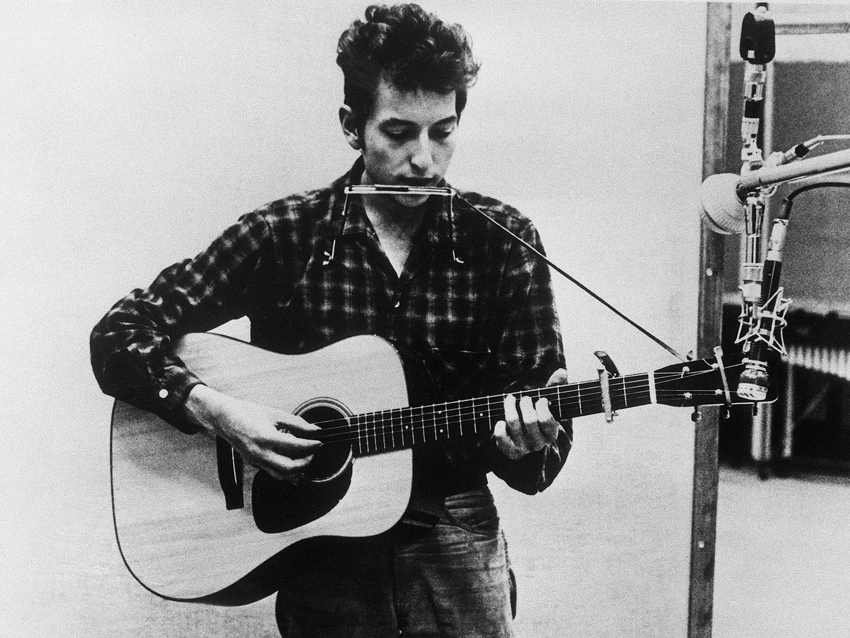
Folk music
F is for folk music
Dylan describes 'folk' in Chronicles as "handed down songs", which is the one valid way of understanding the origins of the genre. It originated in the 19th century as a term for musical folklore, music transmitted by word of mouth, music of the lower classes, music with no known composer. It is day-to-day music, often created by working people. Later it became a way of describing a kind of popular music that is based on traditional music. It was as vital to his youth as was rock 'n' roll.
Purists recognise four main types of America folk music, excluding imports from non-English speaking nations, - yankee, southern poor white, cowboy and black. All four contributed to Dylan’s work.
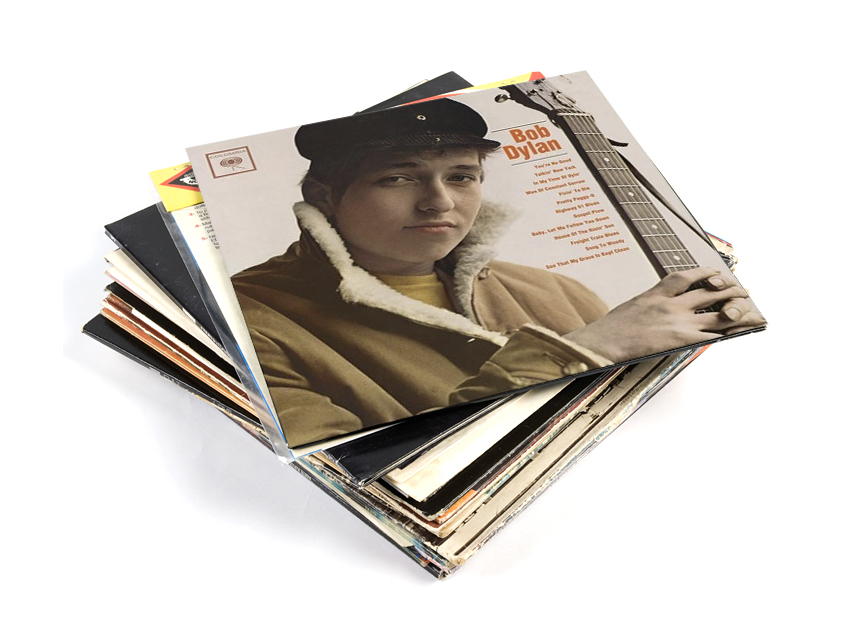
Guitars
G is for Dylan's guitars
His electric guitars have been mostly Fenders - Stratocasters and Telecasters. As far as acoustics are concerned, he never fitted the image of the poor troubadour carrying a cheap, battered old guitar.
When he first reached New York, he carried a Martin, and over the years, his acoustic guitars have mainly been Gibsons and Martins, from a 1949 Martin 00-17, to an old Gibson J50, the one he is gripping on the cover of Bob Dylan that featured on the Freewheelin' sessions. That guitar went missing in 1963 and was replaced by his most famous - the 13-fret Gibson Nick Lucas Special with a Guild-type bridge and a Martin-type pickguard.
That served on Another Side Of Bob Dylan and Bringing It All Back Home. Commentators note that he flat picks from the elbow not the wrist, so is hard on guitars!
He also used a Fender acoustic, a Fender King, but stuck mainly to Gibsons in concert during the '60s, with a handful of exceptions, such as a Martin 0-18.The guitar on the cover of Nashville Skyline (1969) and the Isle Of Wight Festival is a Gibson J-200 jumbo, which he got from George Harrison.
At most of his 1970s appearances, he favoured Martins - Johnny Cash Show (000-1), Concert for Bangladesh (D-28), Chile Benefit, The Band tour and Blood On The Tracks (00-21 - the last slot-head 12-fret model, modified with a non-standard pickguard).
On the Rolling Thunder Revue he used vintage Martins and Gibsons and for the 1978 Budokan tour, he was given two Yamahas which alternated with Washburns - the sunburst seen on the cover of Real Live. In 1986 and 1987, Washburns alternated with Martins.
On the Never Ending Tour he used the Martin D-28, but since the mid-'90s it’s been Gibsons again, almost exclusively a Sunburst J-45.The autumn tour of 2001 was an exception when he appeared with a Martin 'Negative', a special HD-28 designed like a photographic negative and made for Dylan.
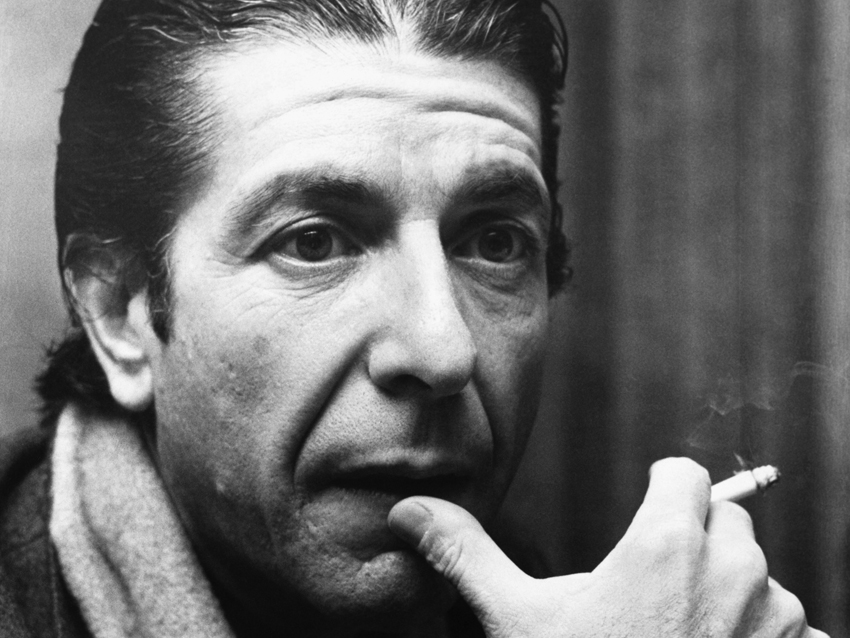
Hallelujah
H is for Hallelujah
Dylan sang backup vocals on Leonard Cohen’s Don’t Go Home With Your Hard On from the Phil Spector produced Death Of A Ladies’ Man album in 1977.
In the late 1980s Dylan performed Cohen’s now classic Hallelujah in concert. The song had two alternate endings, not to mention many different verses in different orders, but Dylan preferred the less bleak one. They talked about it together along with comparing notes on the art of writing - Cohen frequently taking years to write and record some songs, while Dylan can write a masterpiece in fifteen minutes.
Cohen gives Dylan credit for encouraging him to sing his own poetry.
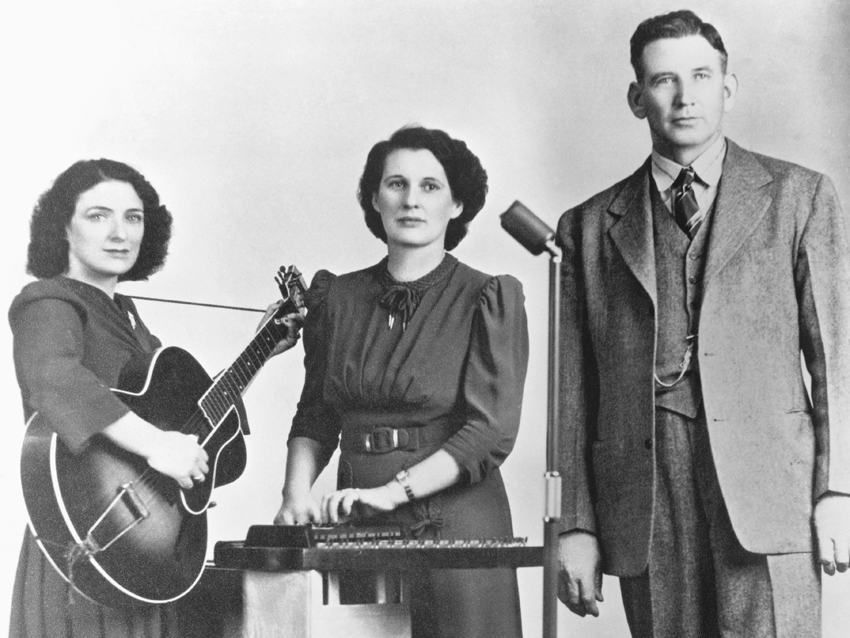
Influences and inspirations
I is for influences and inspirations
He has, like many writers and poets, absorbed his experiences. For example his Song To Woody, a praising hymn to Woody Guthrie, uses his own lyrics "hey, hey, Woody Guthrie, I wrote you a song", but the melody from Guthrie’s 1913 Massacre, which was inspired by an old Carter Family song, itself a product of the folk culture of the time.
Phrases, words, lyrics, and guitar licks - everything is grist to his mill.
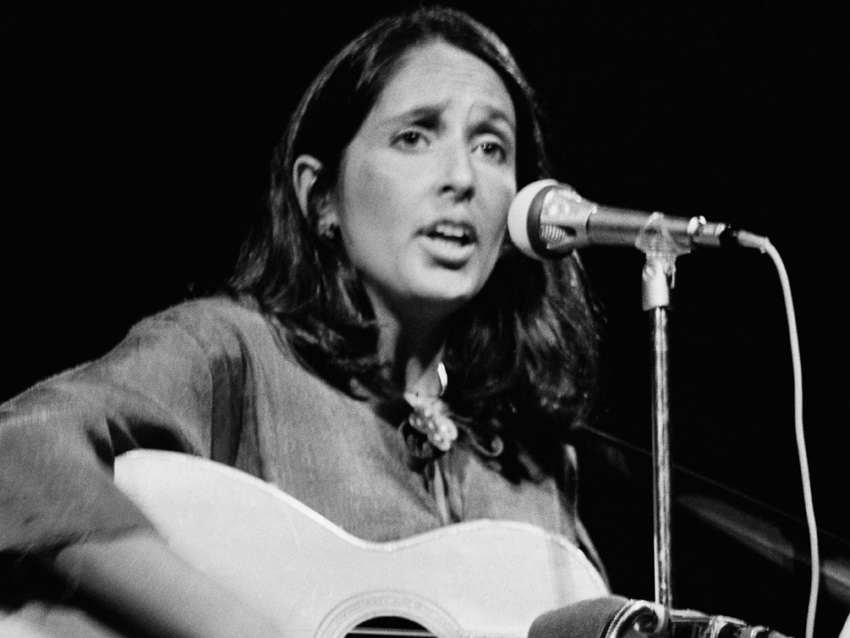
Joan Baez
J is Joan Baez
She was a flawless, note-perfect soprano who gave new life to folk songs. She broke into the scene at the Newport Folk Festival, and once she had met Dylan, put him on her shows, introducing him as an important new voice. At first, she was the bigger celebrity and was clearly influential on him from a political and personal relationship perspective.
Hard to determine if she was the greatest female influence - but she was a big one.
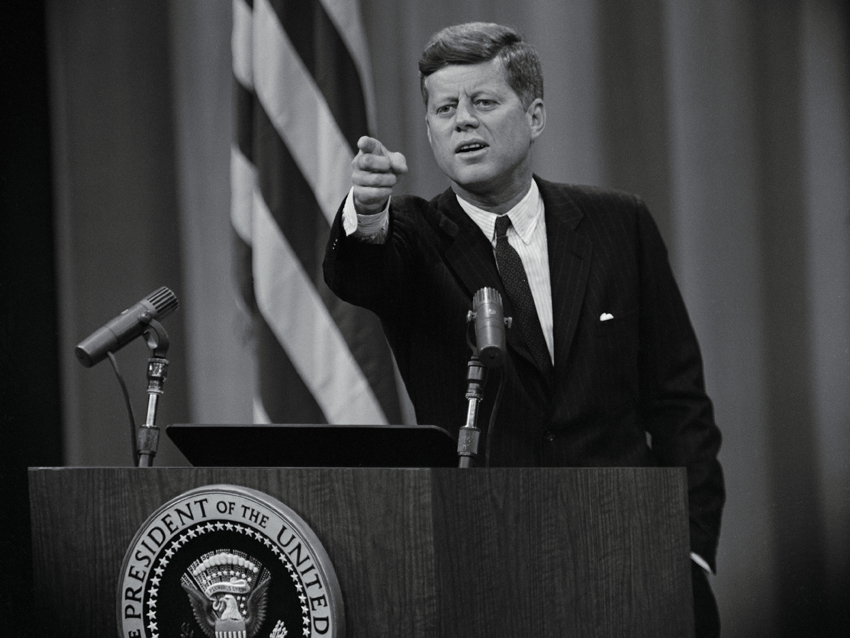
Kennedy and Krushchev
K is for Kennedy and Krushchev and the Cuban Missile Crisis
In October 1962 Russian ships armed with nuclear missiles headed for Cuba to threaten the Americans with land based weapons. President Kennedy was faced with a shocking dilemma - let them reach Cuba and be forced to give in to demands from Communist Castro and Soviet Krushchev, or stop them and risk World War III. He gambled with a blockade of Cuba by US warships, and eventually the Russians backed down.
This crisis on which the world stared into the abyss of total war inspired A Hard Rain’s Gonna Fall - a timely, timeless classic, anti-war song.
"Where have you been, my blue eyed son?... what did you see?... what did you hear?... who did you meet?... what’ll you do now, my blue eyed son..."
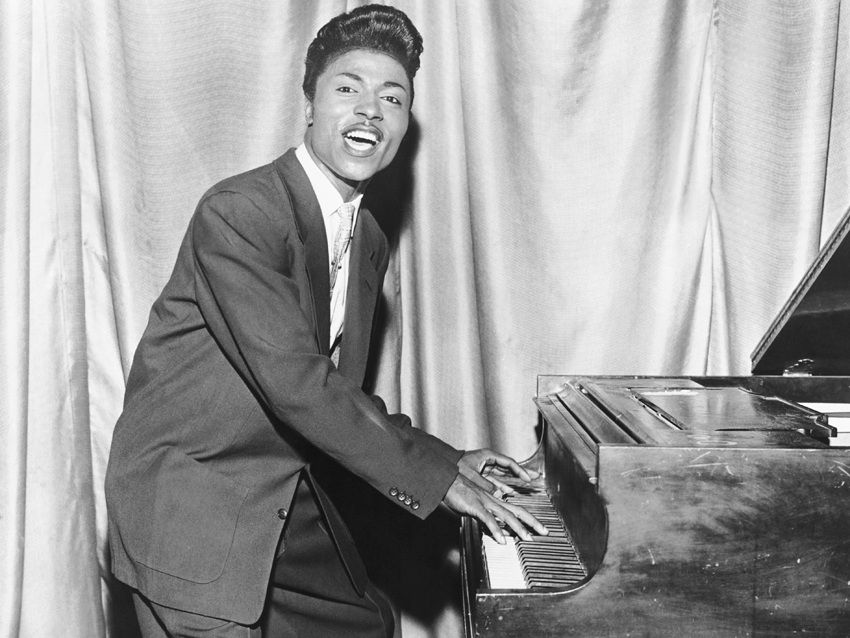
Little Richard
L is for Little Richard
Little Richard had a profound effect on the young boy Dylan. Along with Bill Haley and other rock 'n' roll icons, Dylan was gobsmacked by the lyrics and driving, gospel-influenced, rhythm and blues rock 'n' roll from Memphis of Little Richard. He thumped the piano standing up, he screamed and belted his way through lyrics. He offended a lot of white folks. A great inspiration to a young lad keen to get out of the backwaters and make his mark on music.
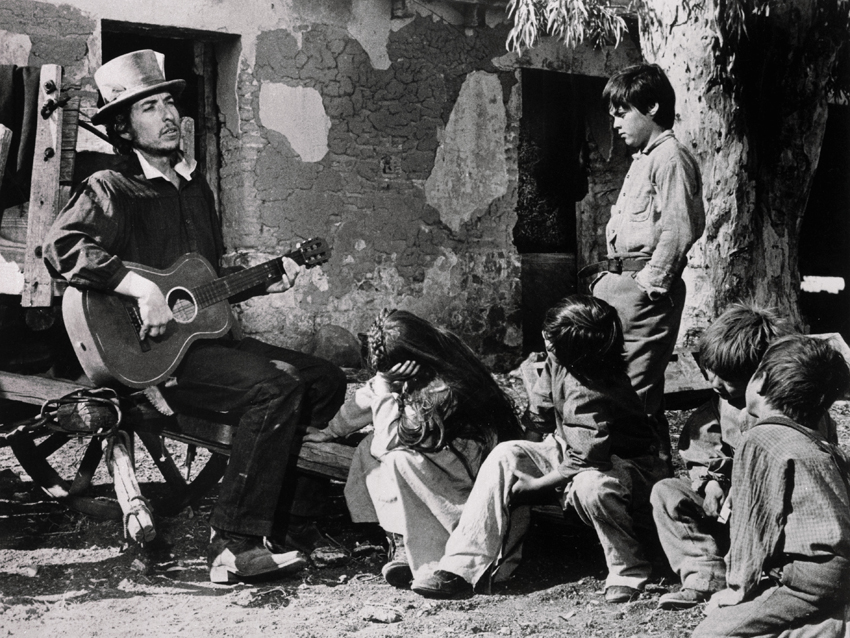
Madhouse On Castle Street
M is Madhouse On Castle Street
This was a BBC production of a modernist play in which he took the role of a folksinger late in 1962/early 1963, on his first visit to Europe. He was paid 500 guineas (£525 or $2000), His acting received very mixed reviews, and he performed parts of five songs. The BBC kept tapes till 1968, after which David Warner had become a star and they were destroyed. Appeals in 2005 for the BBC Arena programme unearthed three copies, two poor and one passable.
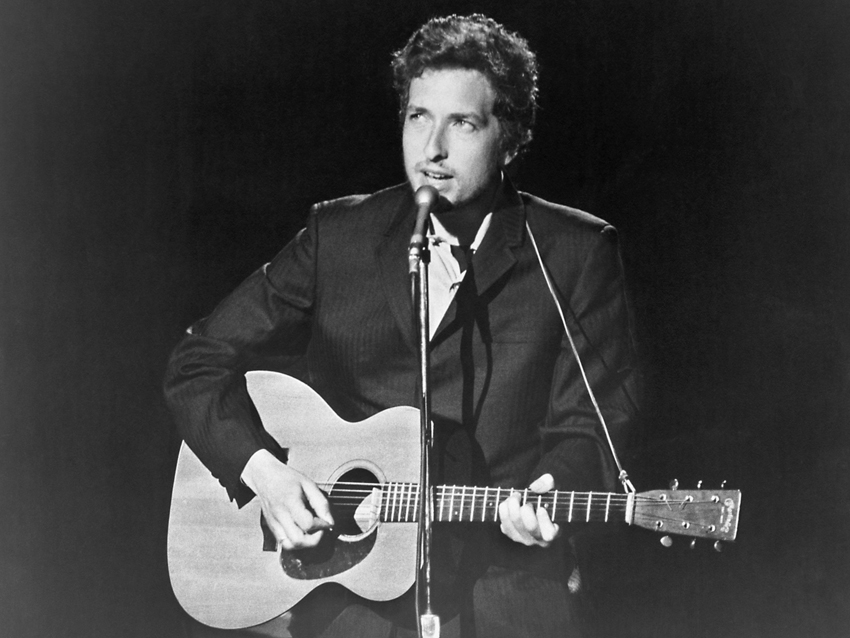
Nashville
N is for Nashville
Always a fan of country music, Dylan acknowledges its effect across a range of his songs, as country became mainstream pop in the early 1960s. Dylan found disagreements and personalities with differing agendas not working to his satisfaction in 1966, so took an opportunity to record in the home of country. Session musicians who didn’t know his working style from often half-finished songs struggled at first, but finally the double album Blonde On Blonde was the masterpiece they created.
Fourteen new Dylan songs, five of which were released as singles. Nashville Skyline was another from the same stable.
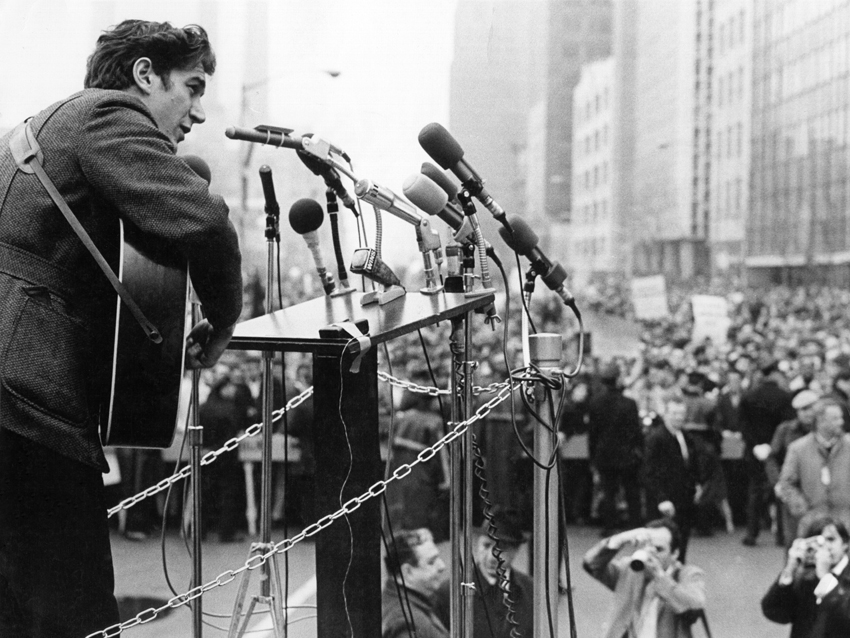
Ochs
O is for Phil Ochs
Och’s discovered Guthrie’s sheer balladry while a student at Kent State, and realised he could harness the style to express his own work. He continued to write songs of protest long after Dylan had stopped, who famously told him, ‘You’re not a folksinger, you’re a journalist’.
Och’s song Draft Dodger Rag became a political protest anthem and Joan Baez made a hit of his There But For Fortune.
Aside from that, he did not enjoy great commercial success, though Dylan at first was nervous of Och’s potential. They shared a tense, cruel bantering relationship. Dylan said things to him like, ‘why don’t you just become a stand-up comic?’ and ‘find another line of work’. When Ochs told Dylan that Can You Please Crawl Out Your Window? wasn’t as good as Positively 4th Street, Dylan threw him out of the taxi they were sharing.
Ochs, a manic depressive and schizophrenic, hanged himself aged 35.
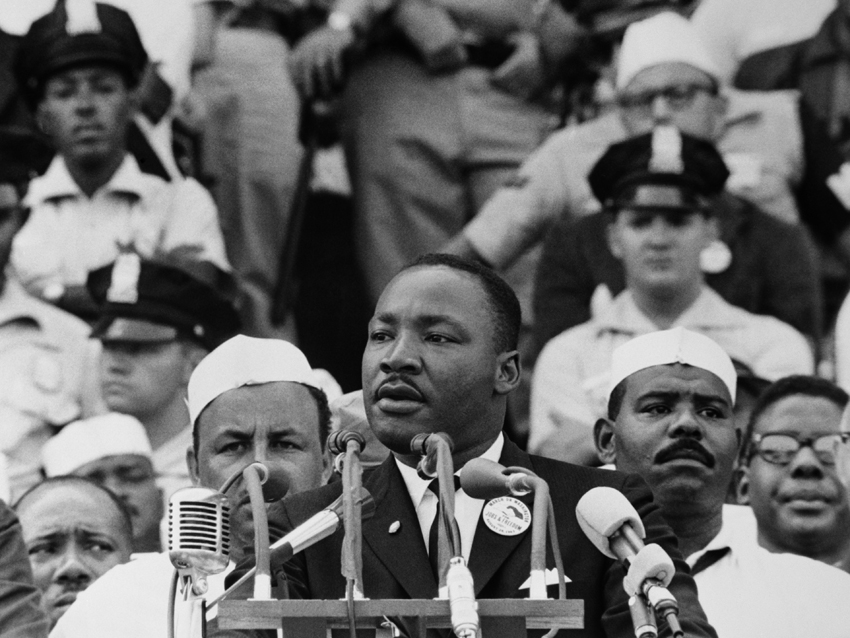
Politics
P is for politics
Dylan has frequently denied being a committed, signed-up political activist, but has always been drawn by social issues rather than pure politics. Racial injustice, equality and civil rights; opposition to war and proliferation of nuclear weapons; poverty... these are the matters of the moment, then as now in many ways.
His appearance on stage with Martin Luther King during the ‘I have a dream...’ speech at the March on Washington demonstration of August 1963, gave him real political credibility. He could have stayed in that groove, but, of course, didn’t.
Hard Times In New York Town, Talking Bear Mountain Picnic Massacre Blues, Talkin’ John Birch Paranoid Blues, Long Ago, Far Away, Ain’t Gonna Grieve, Ballad Of Donal White, Quit Your Low Down Ways, John Brown, The Ballad Of Emmett Till, Blowin’ In The Wind, Masters Of War, A Hard Rain’s A-Gonna Fall, Oxford Town, Talkin’ World War III Blues, I Shall Be Free, Walls Of Red Wing, Who Killed Davey Moore?... and that’s just political-type songs from a couple of albums!
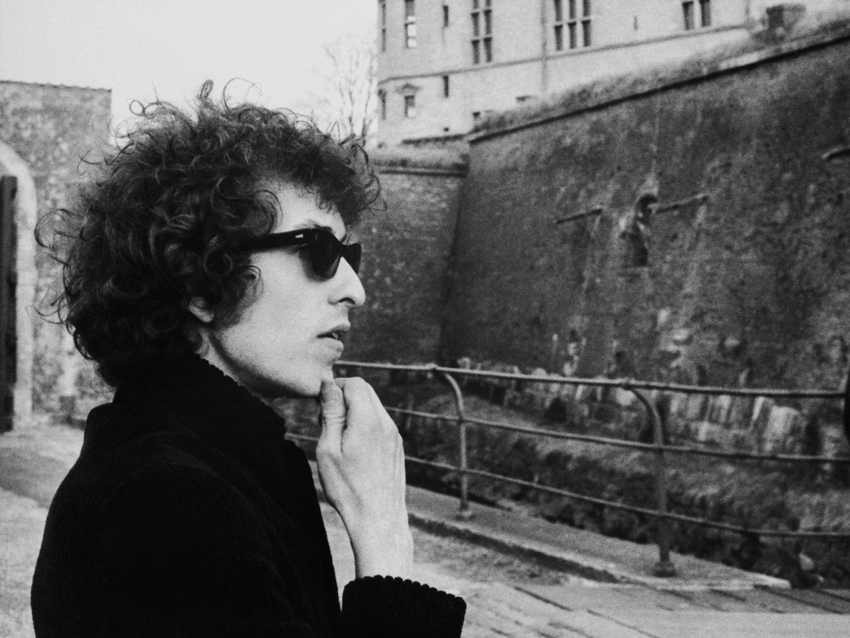
Questions
Q is for questions
Questions that still abound about the nature of his motorcycle accident. After his European tour in 1966, he was under a great deal of pressure - an ABC Television show already paid for, Macmillan demanding a finished manuscript of the poem/novel Tarantula and an extensive summer/autumn tour already scheduled.
On July 29, 1966, Dylan crashed his 500cc Triumph Tiger 100 motorcycle on a road near his home in Woodstock, New York, and he came off.
No ambulance was called and he was not hospitalised. The extent of his injuries have never been disclosed, though Dylan claimed that he broke some neck vertebrae.
It was much later that he talked about his career and private/family life in the time before the crash, leading some biographers to assert that the crash offered Dylan the much-needed chance to escape from his pressures.
Whatever the truth, the fact is that, he did not tour again for 8 years apart from a few selected appearances.
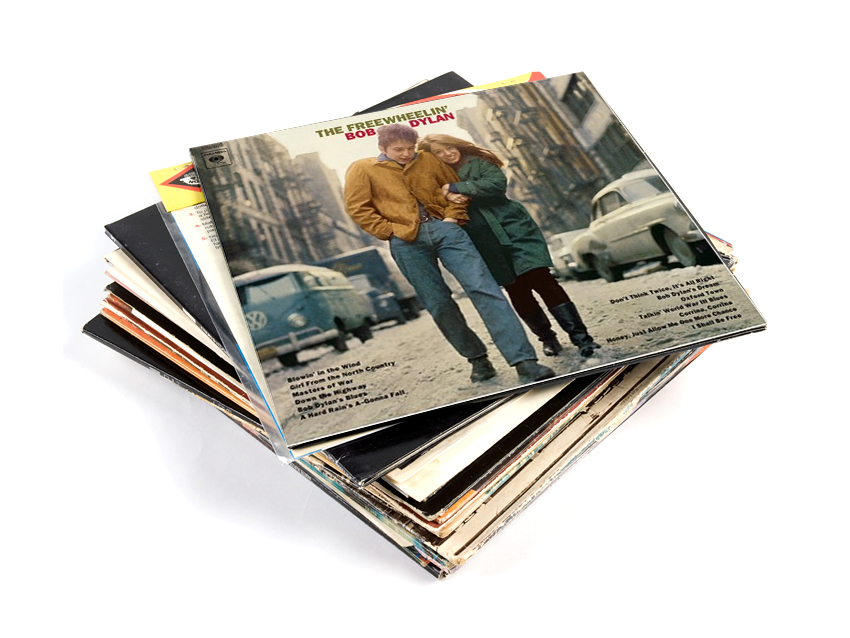
Rotolo
R is for Suze Rotolo, one of his girlfriends.
She is photographed with him on The Freewheelin’ Bob Dylan album cover. She was a well-read, articulate, left-of-centre political activist and an enormously strong influence on him after his first album, Bob Dylan, barely broke even.
She talked with him about a big current event - the murder of a 14-year-old African-American youth from Mississippi who’d whistled at a white woman. He wrote The Ballad Of Emmett Till as a direct result of the incident.
Then he started scouring papers, listening for news reports of events to which he could apply his words and music treatment.
Theirs was a troubled relationship, especially as she went off to spend time in Italy, but her impact on him cannot be overplayed.
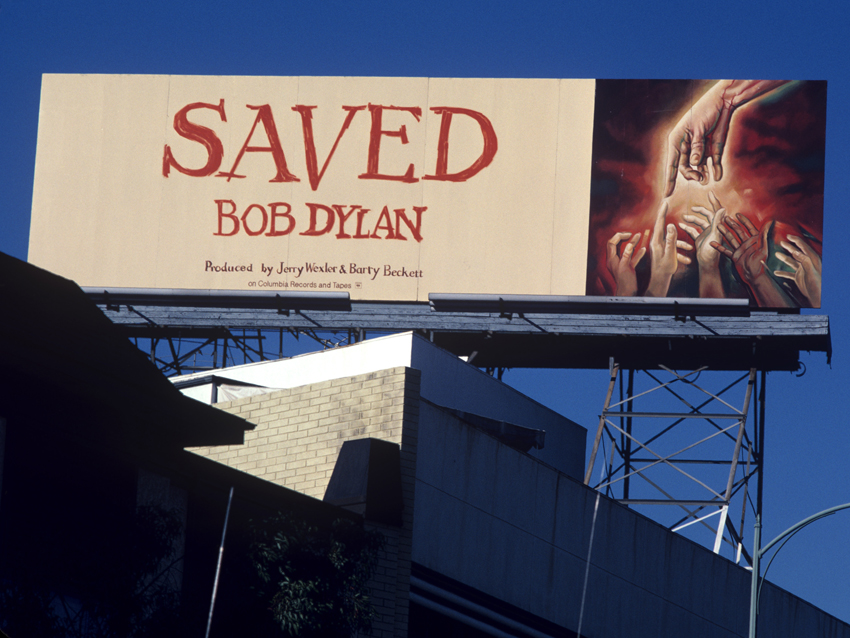
Saved
S is for Saved
Another of the very controversial (to fans and fellow musicians alike) aspects of his life was when Dylan became a born-again Christian and attended Bible classes in the Vineyard Christian Fellowship in the late 1970s. The product of this for fans was two albums of Christian gospel music. 1979‘s Slow Train Coming won Dylan a Grammy for Best Male Vocalist for the track, Gotta Serve Somebody, and was produced by veteran R&B producer Jerry Wexler and featured guitar accompaniment from Dire Straits’ Mark Knopfler.
A year later, Saved received mixed reviews, although some critics thought it musically superior to the earlier one.
During this time, Dylan refused to perform his earlier secular work, and took the opportunity to declare Jesus Christ from the stage.
S is also for Pete Seeger
Another profound influence on him and friend to him from the old, working-class historic folklore culture.
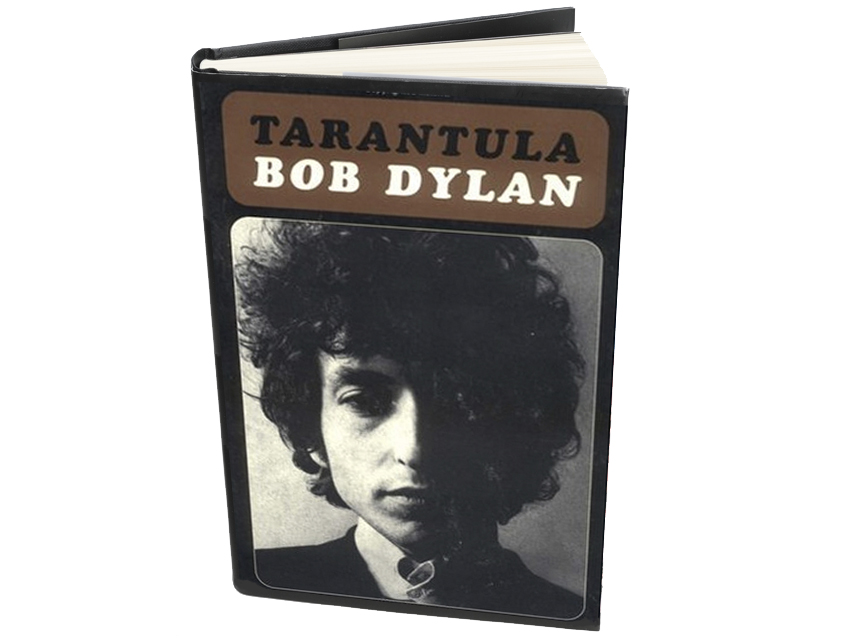
Tarantula
T is for Tarantula
This was a poem/novel written in 1966 when he was already famous. Macmillan the publishers were frustrated that he couldn’t finish it because of his motorcycle accident, but illicit galley proof copies began to circulate and sell on black markets. The book is now freely available as a published example of the time, of extended free writing, a stream of Dylan’s consciousness.
T is also for The Times They Are A-Changin'
An instant anthem and title track on his 1963 opus that chimed with the zeitgeist of youth revolution, unstoppable changes in the wind. This song firmly established his handle as mouthpiece, voice, and conscience of his generation.
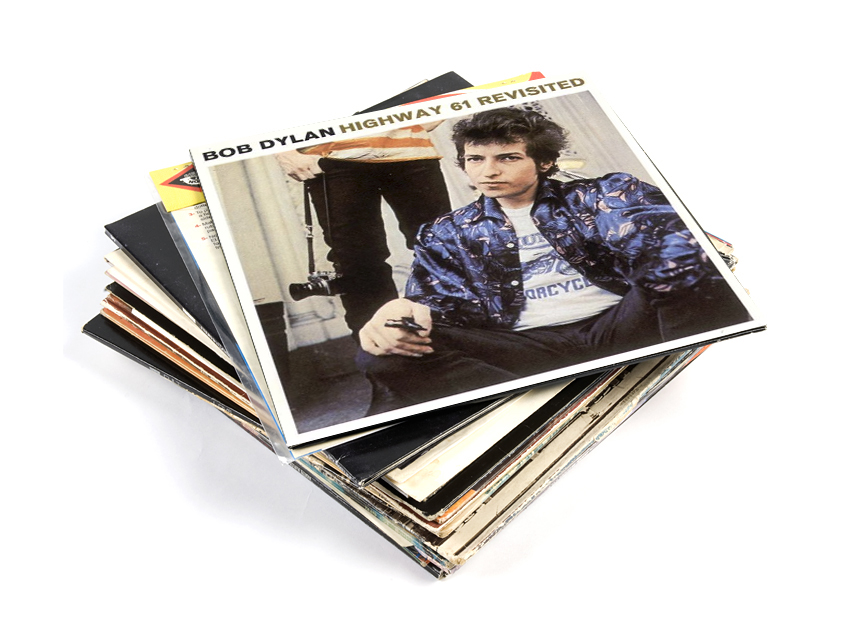
Unexpected
U is for unexpected
There's always been something new and unexpected from Dylan. The album Highway 61 Revisited gave the world the snare drum opening (Sringsteen described it as kicking open the door to your mind) of Like A Rolling Stone. It still ranks as number one in Rolling Stone's Top 500 Songs Of All Time. At six minutes, it seemed way too long in a world used to the two and a half minute pop song. But demand for it soared and it is a landmark work.
An organ tapestry from Al Kooper and blues guitar from Mike Bloomfield buttressed lyrics that were deep and spoke into philosophy. He left behind the image of the political folkie.
Also on the album was the epic Desolation Row, elaborately constructive lyrics - this is poetry, and it lead the way for the hippie poetry-to-music and artists like Simon and Garfunkel to follow.
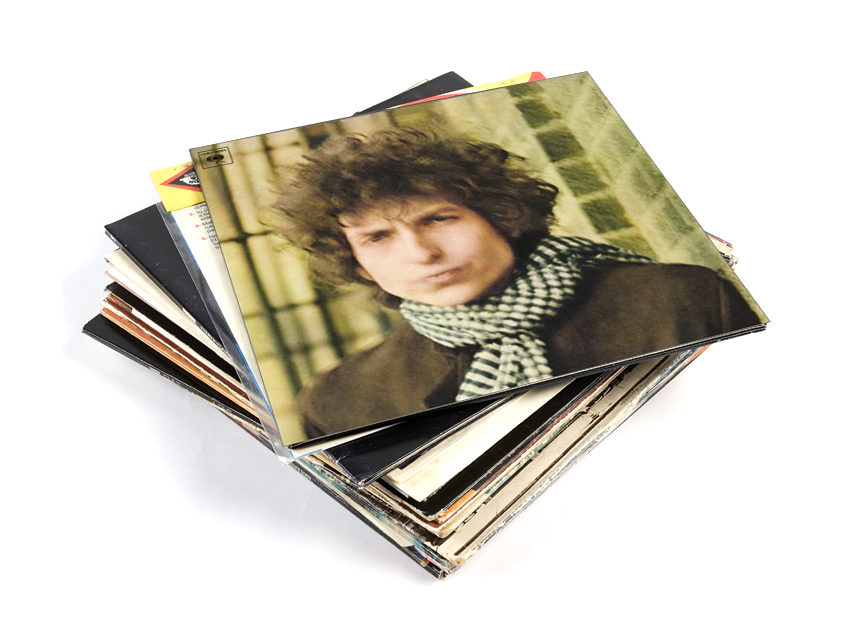
Visions Of Johanna
V is for Visions Of Johanna
From Blonde On Blonde, this is an intriguing song which, true to everything about Dylan, excites controversy, disagreement, and fantastic interpretations. As if that statement needs any back up, here are a few wide-ranging comments from websites from people offering different meanings. Dylan himself emphatically denied it was a drugs song.
*** Dylan wrote this song while he was dating Joan Baez, but was falling in love with his first wife Sara.
*** In her 1975 song Winds Of The Old Days, Joan Baez seems to be making the case that she is Johanna.
*** In their June 1997 issue, Mojo magazine named this one of their 100 Greatest Psychedelic Classics.
*** I've lived in New York City for the past 15 years and no song comes close to it's melancholy spirit as this one.
*** My theory is that it is about his affair with Sara and Joanne, but he reverses the two. Louise is Joanne and Sara is Johanna. The whole thing is a trick.
*** I named one of my daughters Johanna in appreciation of this song.
*** The jelly faced women, and the night watchman are not connected. Dylan sporadically entered and exited characters through out his writings often at a whim.
*** It is about a young man from the midwest who suddenly finds himself in the big city. He lives communally with other hipsters, as they did in those days. The man is deeply in love with Johanna, he misses her and pines for her... Louise and her lover remind him constantly of his love. Louise literally makes it all too concise and too clear that Johanna’s not here. At first he misses her, and thoughts of her conquer his mind... thoughts of her keep him up all night (past the dawn)... he goes out, sees the hookers (blind man’s bluff with a keychain)... sees the all night girls... these are characters in the streets... the peddlar is just that, a salesman, talking to a rich woman, trying to sell her something, she pretends to be interested (pretending to care for him) you can just walk down a busy street in New York and see all these characters. He goes to a museum... infinity going up on trial refers to the beatniks who discuss art and interpret what it is to them... what separates the greats from the rest... the Mona Lisa is his example of infinite art, so famous, and will be forever. Who is Mona Lisa? it is often debated or put 'on trial'...
*** I always liked Bob Dylan's content more than his process. Many of his lyrics shine. But I didn't understand the foundation of his legend. I just didn't get the hype.
*** This song is about being out of control and questioning everything that you have known. Louise is what he knows but Johanna is something more real. The Night watchmen is asking himself if he’s really insane and the others are really the sane ones.
*** Call me crazy, but I think Johanna represents 'God'.
*** 'Johanna' is indeed an unusual spelling... it's quite similar to 'Hannah', the Hebrew word for grace - though that may mean nothing in itself but some woman who prides herself on her erudition giving her daughter an unusual name.
*** There is a connection with Kerouac's Visions Of Cody not only because of title similarities but also because one of the characters in the book is named Johanna and she is as ephemeral as Dylan's Johanna. The Kerouac-Dylan connection is profound!!
*** Dylan never clarifies, changing his story in every interview and with every question.
*** I've always thought it was a play on Joan of Arc's Visions, The Visions of Johanna and I do think he is thinking about Joan Baez and how he has to tell her he is in love with Sara. thus Visions of Johanna (Joan Baez) were all he could see I dunno thats my take on it.
*** Johanna means Joan in Spanish. Is the title dedicated to Joan Baez?
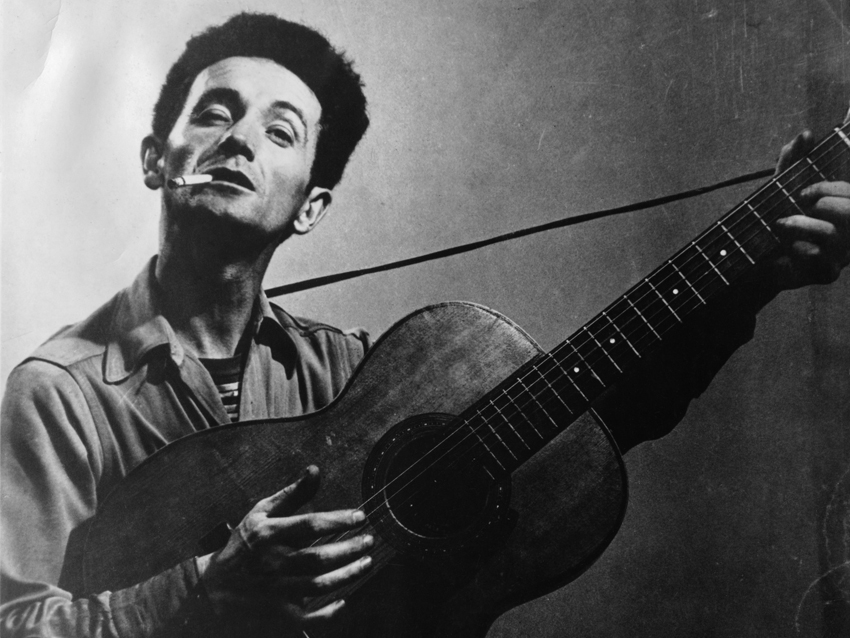
Woody Guthrie
W is for Woody Guthrie
In January 1961, Dylan moved to New York City with two aims - to perform and to visit his musical idol Woody Guthrie, who was seriously ill with Huntington's Disease in Greystone Park Psychiatric Hospital.
Guthrie’s work from folklore and historical archives had been a total revelation to Dylan and was perhaps the largest influence on his early performances in the folk genre. Later, Dylan described Guthrie’s songs as having ‘the infinite sweep of humanity in them’.
Not only did Dylan write songs, visit and befriend Guthrie and his family, he also dressed like him and changed the timbre of his voice to sound like him. Another reinvention.
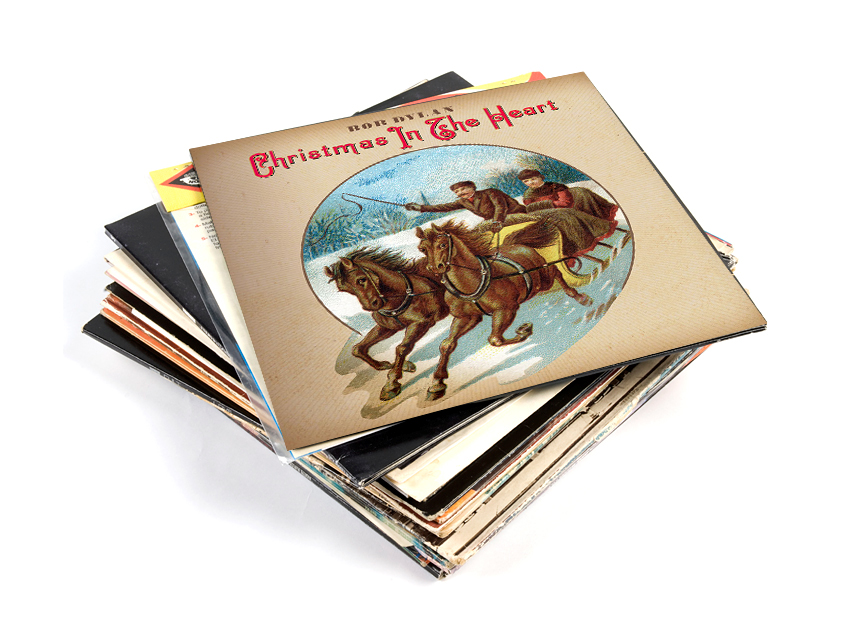
Xmas
X is for Xmas, and the Christmas album - Christmas in the Heart
Many fans’ jaws dropped when it was released in late 2009, featuring such unlikely classics as Here Comes Santa Claus, Winter Wonderland, Hark The Herald Angels Sing, Little Drummer Boy, Have Yourself A Merry Little Christmas, The First Noel and O Little Town Of Bethlehem.
In fact his vocals add a whole new interpretation to many of the tracks, it’s been a big seller and the royalties go to Feeding America in the USA, Crisis in the UK, and the World Food Programme.
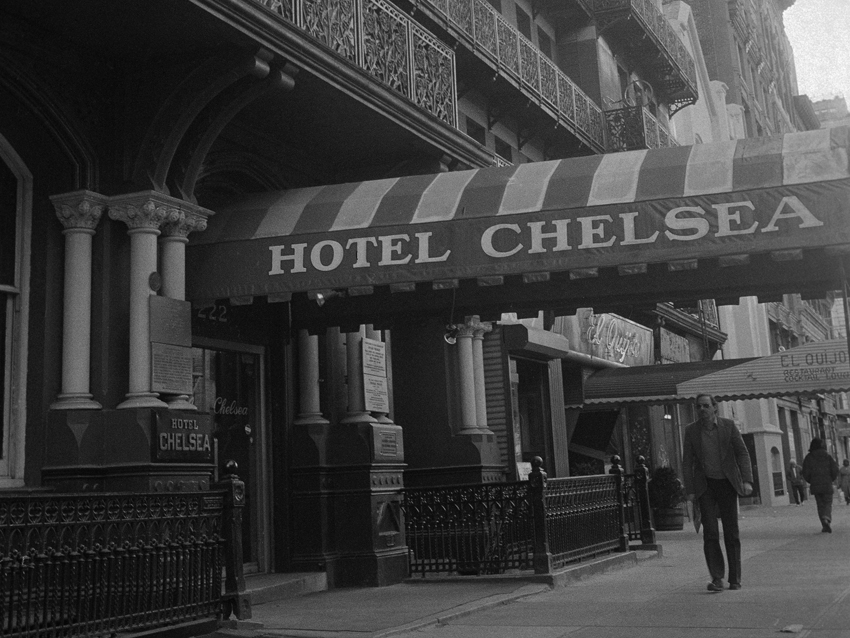
Your Mercury Mouth
Y is for Your Mercury Mouth
In Sara on the Desire album, Dylan says he stayed up for days in the Chelsea Hotel writing Sad-Eyed Lady of the Lowlands for her (With your mercury mouth in the missionary times and your eyes like smoke and your prayers like rhymes). They had separate rooms in the Chelsea Hotel, in order to keep their relationship secret.
Sara Dylan, known as Sara Lownds, met him while driving round Greenwich Village in her MG sports car. She was Dylan’s first wife and mother of singer Jakob Dylan and of director Jesse Dylan. They were married at a secret ceremony in November 1965 until a bitter divorce in June 1977. It was not public knowledge for years, but he depended on her for advice on everything.
A fictionalized account of their marriage is featured in the Bob Dylan biopic I'm Not There, with Heath Ledger playing Dylan and Charlotte Gainsbourg playing Sara Dylan.
Beside Sara and Sad-Eyed Lady, she also inspired many of the potent tracks on Blood On The Tracks, and Isis, We Better Talk This Over, Abandoned Love, Down Along The Cove, Wedding Song, On A Night Like This, I’ll Be Your Baby Tonight, If Not For You and Love Minus Zero/No Limit.
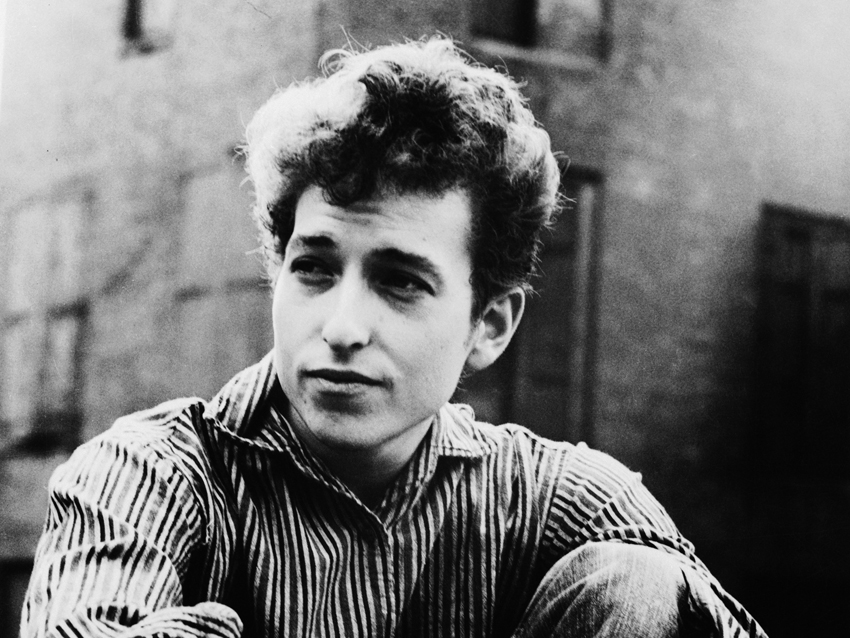
Zimmerman
Z, finally, is for Zimmerman, of course
Robert Zimmerman left Minnesota, gave himself a new name and identity. He created a past with details and soon realised his dream of becoming a folk singer, making records and singing to audiences. In less than 10 years, he had become a giant songwriter who would influence culture, other artists and whole generations to this very day.
Many argue he’s one of the most influential figures of the 20th century, musically and culturally. Dylan was included in the Time 100: The Most Important People Of The Century - "master poet, caustic social critic and intrepid, guiding spirit of the counterculture generation". Dylan biographer Howard Sounes places him in even more exalted company - "There are giant figures in art who are sublimely good - Mozart, Picasso, Frank Lloyd Wright, Shakespeare, Dickens. Dylan ranks alongside these artists."
One legacy of Dylan’s verbal sophistication is the increasing attention paid by literary critics to his lyrics. Former Poet Laureate, Andrew Motion, argued that Dylan’s lyrics should be studied in schools. Some want him to get the Nobel Prize for Literature.
His range in different voices and personas, his influence on so many musical genres, all add up to lots of odds and ends of great import. Others see him as less seer or messiah, more a minor talent with a great gift of self promotion amidst the self-parody. It’s make your own mind up time, folks.
Liked this? Now read: A-Z of the blues
Connect with MusicRadar: via Twitter, Facebook and YouTube
Get MusicRadar straight to your inbox: Sign up for the free weekly newsletter